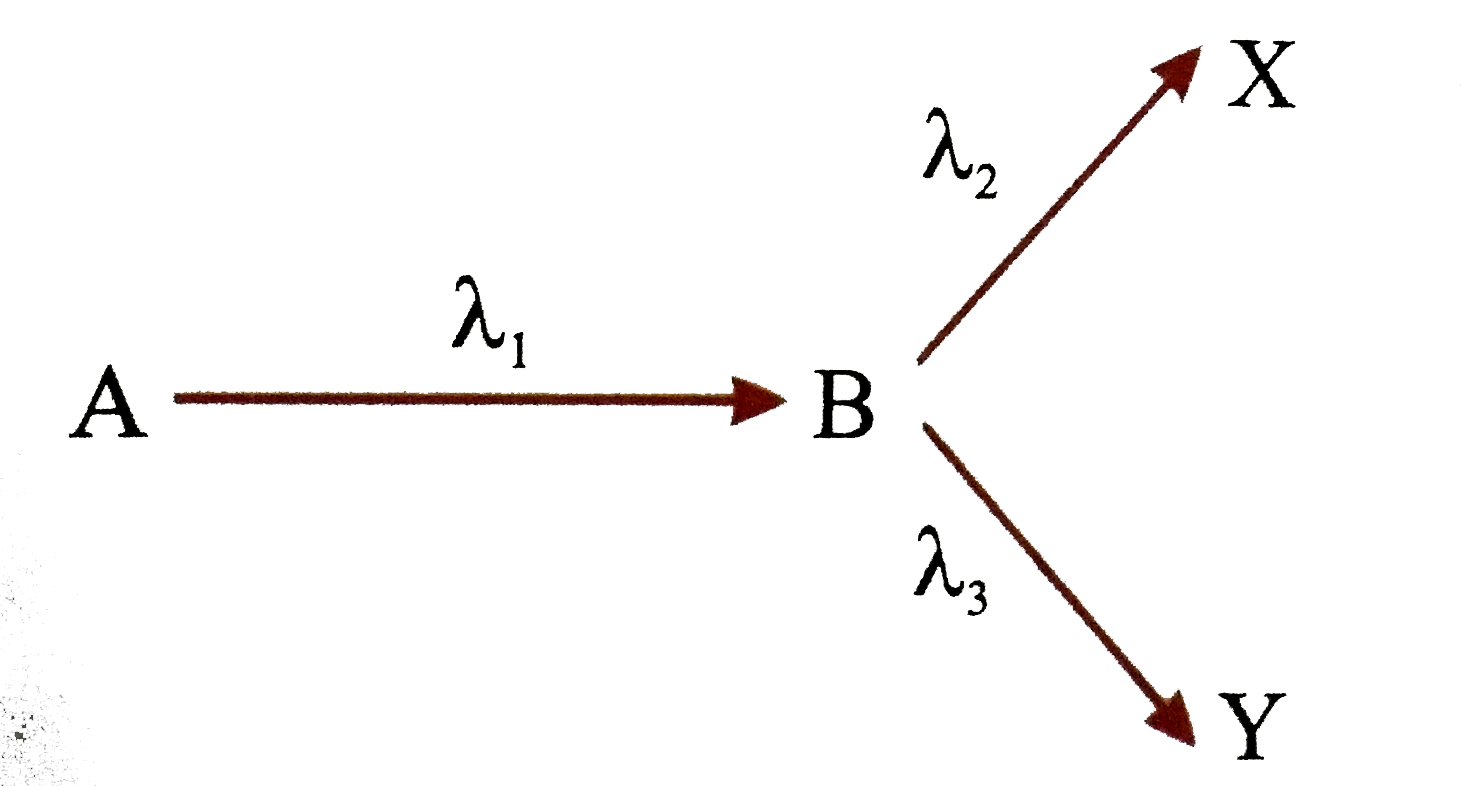The formula of population density is ………. (A) (B) (C) (D) Solution in Gujrati
The correct Answer is:B
Step by step video, text & image solution for The formula of population density is ………. (A) N_(t+1) = N_(t) + [(B-I)-(D+E)] (B) N_(t+1) = N_(t) + [(B+I)-(D+E)] (C) N_(t+1) = N_(t) + [(D+E)-(B+I)] (D) N_(t+1) = N_(t) + [(B+I)-(D-E)] by Biology experts to help you in doubts & scoring excellent marks in Class 12 exams.
Updated on:21/07/2023Topper's Solved these Questions
- BOARD QUESTION PAPER MARCH -2020BOOK - KUMAR PRAKASHANCHAPTER - BOARD QUESTION PAPER MARCH -2020EXERCISE - Part-B (Section-A)
10 Videos
- BOARD QUESTION PAPER MARCH -2020BOOK - KUMAR PRAKASHANCHAPTER - BOARD QUESTION PAPER MARCH -2020EXERCISE - Part-B (Section-B)
8 Videos
- BIOTECHNOLOGY AND ITS APPLICATIONSBOOK - KUMAR PRAKASHANCHAPTER - BIOTECHNOLOGY AND ITS APPLICATIONSEXERCISE - Section - F (Multiple Choice Questions (MCQs ASKED IN COMPETITIVE EXAM))
90 Videos
- ECOSYSTEMBOOK - KUMAR PRAKASHANCHAPTER - ECOSYSTEMEXERCISE - SECTION - F (MCQs ASKED IN COMPETTIVE EXAM)
84 Videos
Similar Questions
Explain cell division during gamete formation.
View SolutionGive the important features of genetic code.
View SolutionGolden rice is enriched in
View SolutionDecomposers are
View SolutionA overset(lambda)rarr B overset(2 lambda)rarr C T=0 ,N_(0) , 0 , T N_(1) N_(2) N_(3) The ratio of N_(1)" to "N_(2) is maximum I s
View SolutionConsider radioactive decay of A to B with which further decays either to X or Y, λ1,λ2 and λ3 are decay constant for A to B decay, B to X decay and Bto Y decay respectively. At t=0, the number of nuclei of A,B,X and Y are N0,N0 zero and zero respectively.
N1,N2,N3 and N4 are the number of nuclei of A,B,X and Y at any instant t.

At t=∞, which of following is incorrect ?
View SolutionIf N= population density at time t, then population density at time t+1 can be written as. Nt+1=Nt+[(A+B)−(C+D)]. Select the correct option for A,B,C and D in the above equation.
View SolutionLet R_(t) represents activity of a sample at an insant and N_(t) represent number of active nuclei in the sample at the instant. T_(1//2) represents the half life. {:(,"Column I",,"Column II"),((A),t=T_(1//2),(p),R_(t)=(R_(0))/(2)),((B),t=(T_(1//2))/(ln2),(q),N_(0)-N_(t)=(N_(0))/(2)),((C),t=(3)/(2)T_(1//2),(r),(R_(t)-R_(0))/(R_(0)) = (1-e)/(e)),(,,(s),N_(t)=(N_(0))/(2sqrt(2))):}
View SolutionThe change in population size at a given time interval t , is given by the expression
Nt=N0+B+I−D−E
I , B and D stand respectively for
View Solutionएक हाइड्रोजन परमाणु का एक इलेक्ट्रॉन n1 क्वांटम संख्या (quantum number) वाले कक्ष से, ntक्वांटम संख्या (quantum number) के कक्ष में प्रवेश करता है। v1 तथा vt प्राथमिक एवं अन्तिम स्थितिज ऊर्जाएँ है। यदि v1vt=6.25, तब Nt की न्यूनतम सम्भावी संख्या (smallest possiblennt,) है।
View Solutionयदि किसी समय t पर N = समष्टि घनत्व है, तब समय t + 1 पर समष्टि घनत्व को इस प्रकार लिखा जा सकता है:
Nt+1=Nt+[(A+B)−(C+D)]
उपरोक्त समीकरण में A, B, C एवं D के लिए सही विकल्प चुनें |
View SolutionIn radioactive chain reaction shown, initially at t = 0, only No molecules of .A. are present. At some time I = I, number of molecules of A, B, C, D and E are N1,N2,N3,N4 and N5 respectively. Then the activity of .B. at this time is

View SolutionIf N= population density at time t, then population density at time t+1 can be written as. Nt+1=Nt+[(A+B)−(C+D)]. Select the correct option for A,B,C and D in the above equation.
View SolutionIn the equation N_(t)=N_(0)e^(tt),'e' is
View SolutionA overset(lambda)rarr B overset(2 lambda)rarr C T=0 N_(0) , 0 , 0 T= N_(1) N_(2) N_(3) The ratio of N_(1)" to "N_(2) is maximum I s
View Solution
